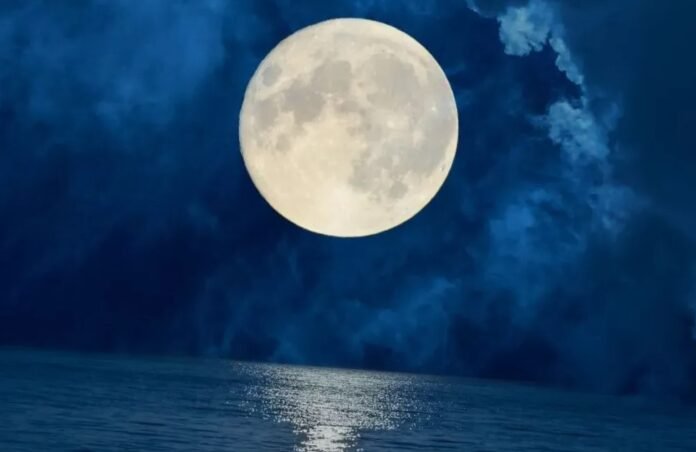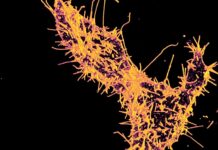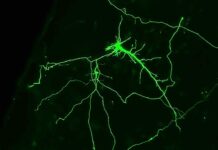A Glimpse into the Past
Countless generations revered the moon as a symbol of fertility. Intriguingly, the moon’s waxing and waning span 29.5 days, closely paralleling the average length of women’s menstrual cycles. Despite these ancient beliefs, the scientific community remained skeptical of the moon’s sway over human biology—until recent studies unveiled links between lunar phases, sleep patterns, and moods. Science Advances has published a groundbreaking study examining long-term data from 22 women, revealing a fascinating correlation between their menstrual cycles and the moon’s luminance and gravity.
Dissecting the Research
Charlotte Helfrich-Förster and her team at Julius-Maximilians University of Würzburg in Germany delved into data collected from 22 women who meticulously logged their menstrual cycles for 5 to 32 years. Their analysis unveiled a striking diversity in menstrual rhythms among the women and within each individual over time. Of the six women with the most extensive records, five exhibited intermittent coupling between their menstrual cycles and the moon’s phases. Intriguingly, the study also observed that younger women’s periods aligned with the moon’s perigee-apogee or lunar standstill cycles 13.1% of the time, while this figure rose to 17.7% for older women.
Unraveling the Findings
The researchers posit that both moonlight and lunar gravity may impact menstruation, though the exact mechanisms through which humans perceive these fluctuations remain elusive. The study highlights that young women whose cycles showed no synchronization with the moon’s luminance were predominantly “night owls,” hinting that exposure to copious amounts of artificial light at night might override the potential effects of moonlight.
Rekindling the Debate
Chronobiologist Kristin Tessmar-Raible asserts that the study breathes new life into the long-standing question of the moon’s impact on human biology. However, biological anthropologist Virginia Vitzthum at Indiana University remains skeptical, citing the study’s limited sample size of just 22 women and questioning whether “biologically meaningful synchrony” is genuinely occurring.
Evolutionary Implications
The authors speculate that lunar synchronization with human reproduction might have been more robust in bygone eras. Modern life, with its abundance of artificial light, could have diminished the moon’s influence. Helfrich-Förster posits that ancient humans, who avoided venturing out at night due to safety concerns, might have experienced an evolutionary advantage by engaging in reproductive activities during the new moon phase. However, Vitzthum counters that her research in nonindustrialized populations suggests that women in premodern societies spent most of their adult lives either pregnant or breastfeeding, with few opportunities for natural selection to favor lunar syncing.
Broader Lunar Influences on Biology
The moon’s impact on human biology might extend beyond menstrual cycles. A study in Molecular Psychiatry discovered a correlation between manic-depressive cycles in bipolar disorder patients and the moon’s gravitational cycles. Moreover, another Science Advances publication reported shorter sleep durations near the full moon and longer sleep during the new moon, regardless of exposure to urban light sources. These findings suggest that the moon’s gravity could underlie such effects.
A Conundrum Yet Unresolved
Although the study does not definitively settle the debate on lunar influences on human biology, it brings fresh insights into the complex relationship between menstrual and lunar cycles. By examining long-term data, the researchers unveiled patterns that would have been overlooked in a short-term analysis of numerous women’s menstrual cycles. The authors speculate that synchronization between human reproduction and lunar cycles may have been more prominent in ancient times, but the proliferation of artificial light in modern life has potentially dampened the moon’s impact. As our understanding of this enigmatic relationship continues to evolve, future research will undoubtedly shed further light on the intricate interplay between lunar phases and human biology.
Google News | Telegram
















